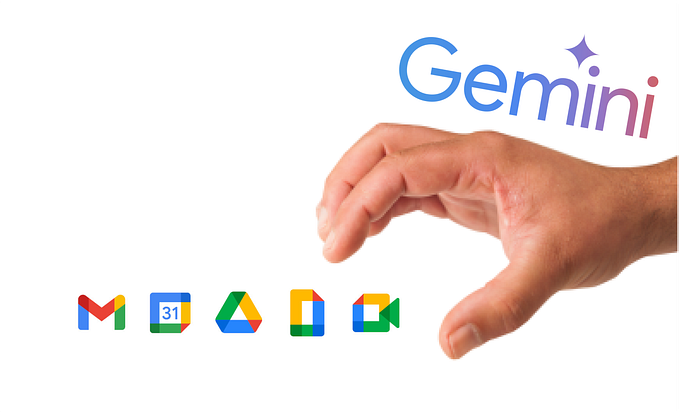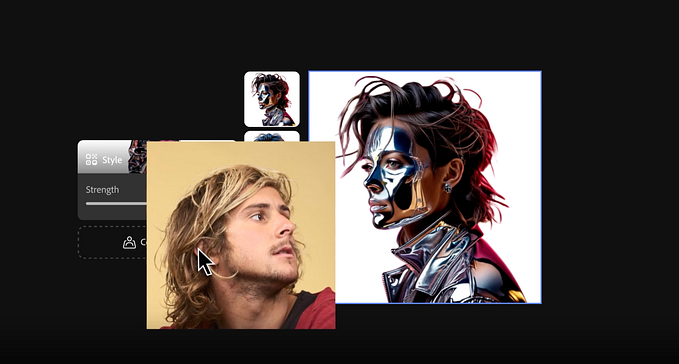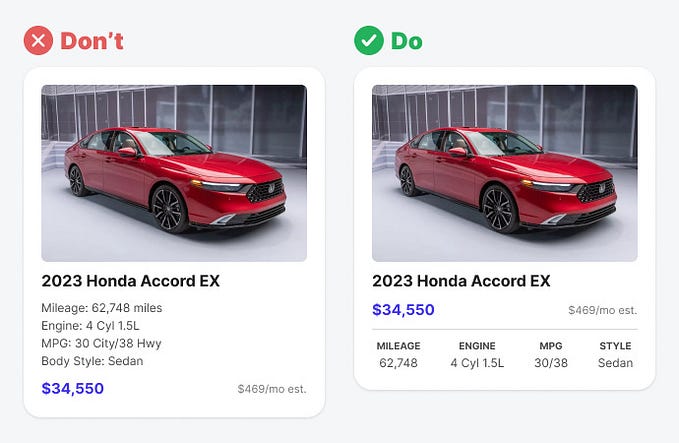Member-only story
Most users are intermediate users. Here’s how you can support them
Understanding what beginners, intermediate and expert users need

I never fully understood one aspect of personas, technological expertise, until it was the focus of my design.

Don’t get me wrong; I understood why it was essential to include that category: if most of your users had low technical knowledge, you would want to ensure the site didn’t require a lot of complex steps.
However, the “Mid” step was often the most confusing. I could imagine “Low” users that barely knew how to use e-mail and “High” users who are technology whizzes, but what exactly was a user with “Mid” technological expertise? Was knowing this even necessary?
The answer, as it turns out, was Yes. For example, when I had to design around three personas, each with “Low,” “Mid,” and “High” technical expertise, I found that these “Mid” users are some of the most critical users when you’re looking to optimize a design for most users.
After all, these “Mid” users are a happy medium that most of your audience will fall into, perpetual intermediates.











